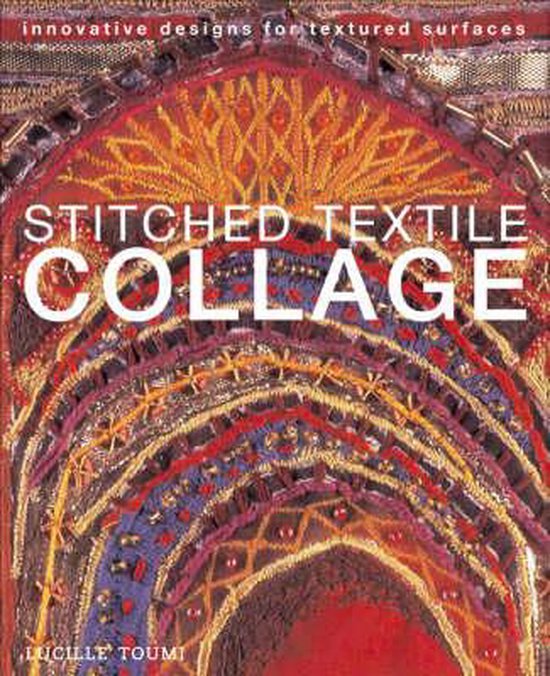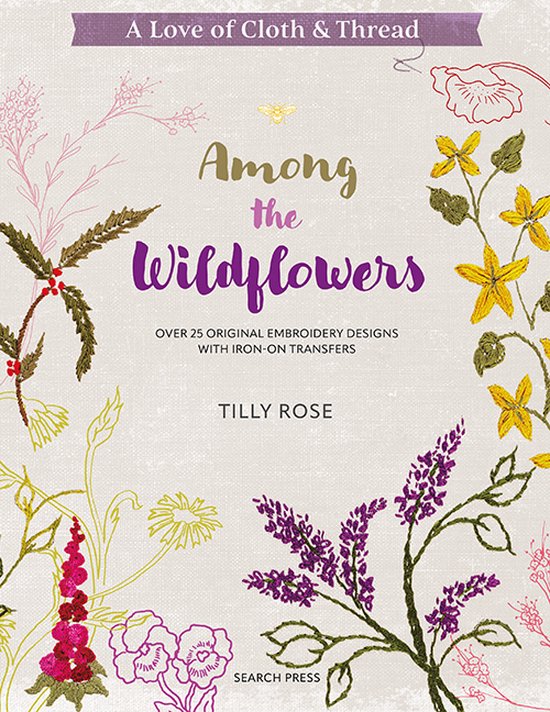
Tudor Textiles
A detailed study of Tudor textiles, highlighting their extravagant beauty and their impact on the royal court, fashion, and taste.
A detailed study of Tudor textiles, highlighting their extravagant beauty and their impact on the royal court, fashion, and taste
At the Tudor Court, textiles were ubiquitous in decor and ceremony. Tapestries, embroideries, carpets, and hangings were more highly esteemed than paintings and other forms of decorative art. In 16th-century Europe, fine textiles were so costly that they were out of reach for average citizens, and even for many nobles. This spectacularly illustrated paperback edition tells the story of textiles during the long Tudor century, from the ascendance of Henry VII in 1485 to the death of his granddaughter Elizabeth I in 1603. It places elaborate tapestries, imported carpets and lavish embroidery within the context of religious and political upheavals of the Tudor court, as well as the expanding world of global trade. Special attention is paid to the Field of the Cloth of Gold, a magnificent two-week festival held in 1520. Even half a millennium later, such extraordinary works remain Tudor society’s strongest projection of wealth, taste, and ultimately power.
Published in association with Historic Royal Palaces
A detailed study of Tudor textiles, highlighting their extravagant beauty and their impact on the royal court, fashion, and taste
At the Tudor Court, textiles were ubiquitous in decor and ceremony. Tapestries, embroideries, carpets, and hangings were more highly esteemed than paintings and other forms of decorative art. In 16th-century Europe, fine textiles were so costly that they were out of reach for average citizens, and even for many nobles. This spectacularly illustrated paperback edition tells the story of textiles during the long Tudor century, from the ascendance of Henry VII in 1485 to the death of his granddaughter Elizabeth I in 1603. It places elaborate tapestries, imported carpets and lavish embroidery within the context of religious and political upheavals of the Tudor court, as well as the expanding world of global trade. Special attention is paid to the Field of the Cloth of Gold, a magnificent two-week festival held in 1520. Even half a millennium later, such extraordinary works remain Tudor society’s strongest projection of wealth, taste, and ultimately power.
Published in association with Historic Royal Palaces
| Auteur | | Eleri Lynn |
| Taal | | Engels |
| Type | | Paperback |
| Categorie | | Kunst & Fotografie |





